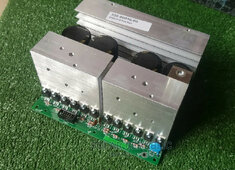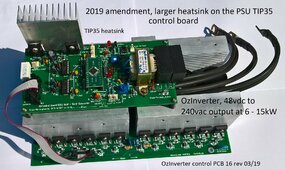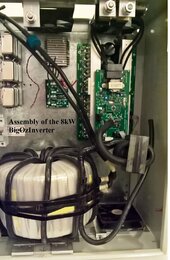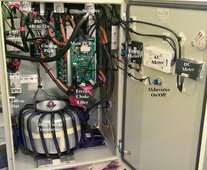Hedges
I See Electromagnetic Fields!
- Joined
- Mar 28, 2020
- Messages
- 20,714
Transformers like 240/480 to 120/240 give several voltage options, even just driving the primary, not backfeeding secondary.
480:120 = 4:1, 480:240 = 2:1, 240:240 = 1:1
There is also 600 to 120/240, 600:120 = 5:1
And 120/240 to 12/24, 10:1 or 20:1
Pick the VA rating of each appropriately.
Just using the first three ratios, 100V in gives 100V + 50V + 25V = 175V peak, about right for 120Vrms.
With 2 transformers for 2x 480:120, 1 transformer for 2x 240:120, 1 transformer for 2x 120:120, four physical transformers should take in 100V of battery, produce 120/240V split-phase.
480:120 = 4:1, 480:240 = 2:1, 240:240 = 1:1
There is also 600 to 120/240, 600:120 = 5:1
And 120/240 to 12/24, 10:1 or 20:1
Pick the VA rating of each appropriately.
Just using the first three ratios, 100V in gives 100V + 50V + 25V = 175V peak, about right for 120Vrms.
With 2 transformers for 2x 480:120, 1 transformer for 2x 240:120, 1 transformer for 2x 120:120, four physical transformers should take in 100V of battery, produce 120/240V split-phase.






